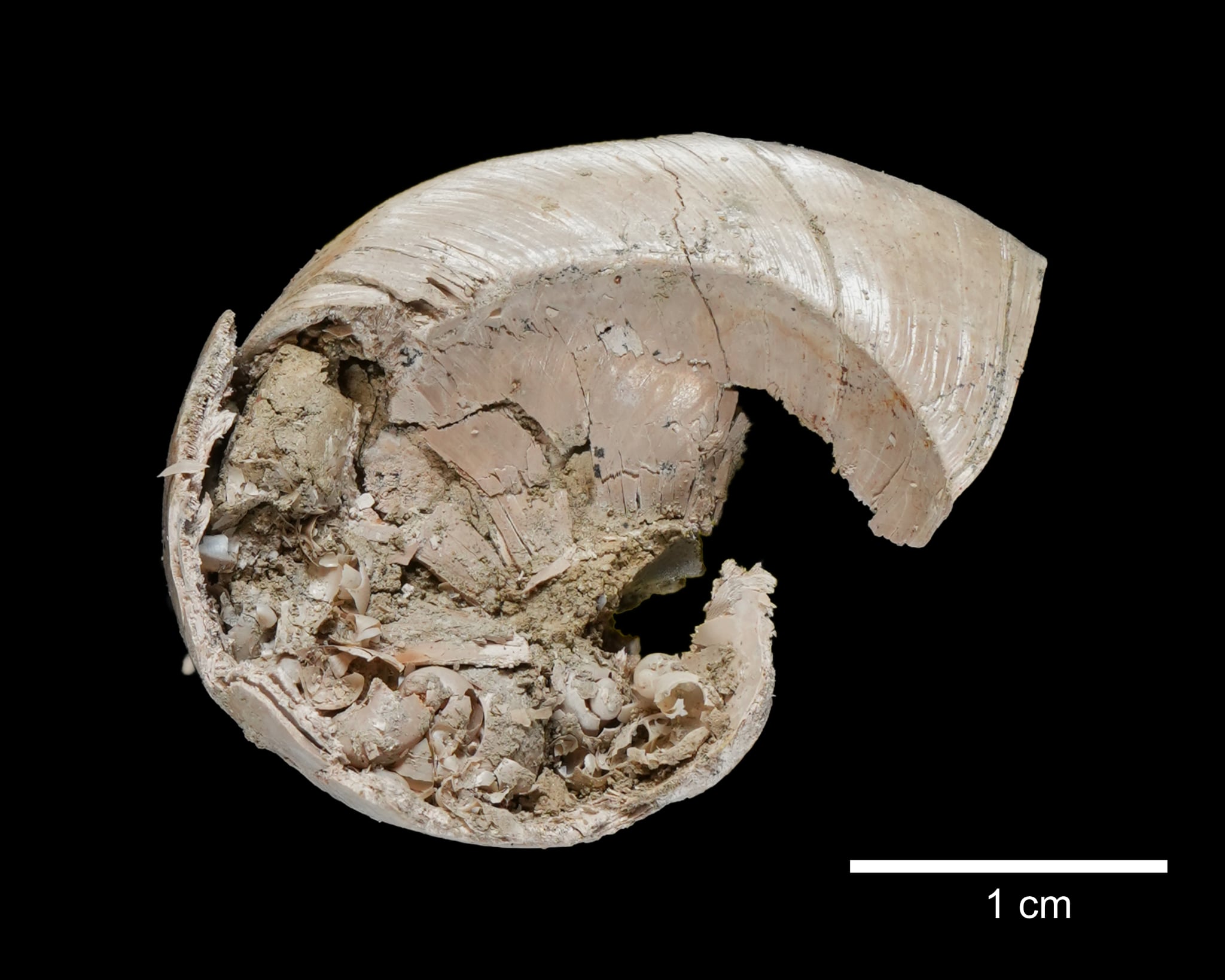Media release
From:
A new study led by research teams from the Academia Sinica and National Taiwan University has achieved a significant palaeontological breakthrough by documenting the first discovery of five freshwater mollusc species in the Early Pleistocene Dananwan Formation of northern Taiwan. This pivotal finding, which demonstrates that some present-day freshwater snail lineages were established in Taiwan more than a million years ago, immediately establishes biogeographical connections with East Asia. The research is scheduled for publication in the journal Geodiversitas on November 6th (Central European Time).
Dr. Chien-Hsiang Lin of Academia Sinica, one of the study's authors, stated that these are the oldest known freshwater fossil organisms in Taiwan. The discovery is profoundly significant as it includes only the second known global fossil evidence of a juvenile snail shell preserved within its mother's shell, a vanishingly rare find that reveals ancient viviparous (live birth) and nurturing behaviour in these prehistoric snails. Furthermore, the presence of these molluscs indicates that stable lake or river ecosystems were already well-established in northern Taiwan during the Early Pleistocene.
Dr. Lin elaborated that the research team compared fossil assemblages in Taiwan with those across East Asia and Japan, confirming a crucial role for the Taiwan Strait land bridge during glacial periods. The land bridge acted as a key migratory corridor for freshwater species, underscoring its importance in East Asian species dispersal and evolution. Lastly, these ancient fossils provide a vital baseline for comparison with modern freshwater ecosystems, which are now threatened by human destruction and invasive species, serving as a solemn reminder to cherish and maintain these fragile natural systems.
Expert Reaction
These comments have been collated by the Science Media Centre to provide a variety of expert perspectives on this issue. Feel free to use these quotes in your stories. Views expressed are the personal opinions of the experts named. They do not represent the views of the SMC or any other organisation unless specifically stated.
Dr Chun-Hsiang Chang is from the Department of Geology at the National Museum of Natural Science, Taiwan
"This study represents a significant advance in understanding Taiwan’s freshwater palaeontology. Whereas over 99% of the island’s molluscan fossil record is marine, the authors document the first well-described Early Pleistocene freshwater assemblage from the Tananwan Formation.
Through integrated stratigraphic control, detailed morphological analyses, and comparative taxonomy, the team establishes a robust framework for reconstructing northern Taiwan’s palaeoecology. The discovery of juvenile shells within adult Sinotaia quadrata—only the second fossil evidence of viviparity among viviparids worldwide—provides rare insight into ancient reproductive strategies. Equally noteworthy is the biogeographic interpretation: the early presence of S. quadrata in Taiwan implies an earlier faunal exchange with continental East Asia, likely via recurrent Pleistocene land appearance.
By linking palaeontology, stratigraphy, and island biogeography, this work moves beyond taxonomy to address broader evolutionary and environmental questions. It is a landmark contribution that fills a key gap in Taiwan’s Quaternary record and deepens our understanding of freshwater biodiversity evolution in the western Pacific."
Multimedia





 International
International



